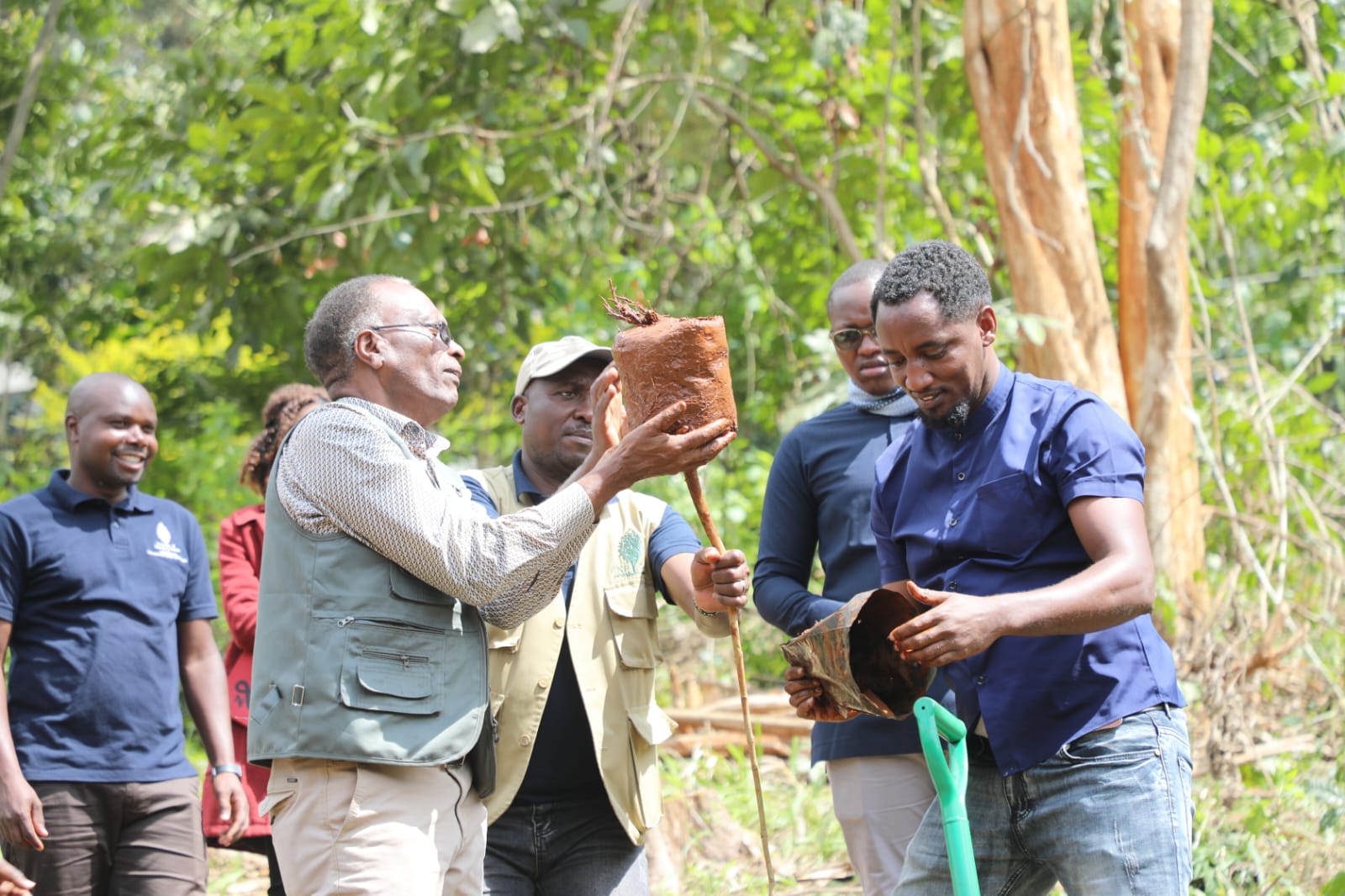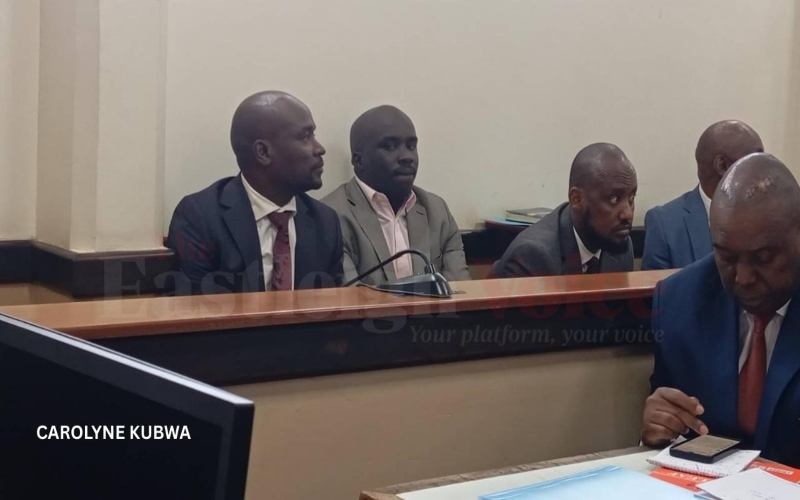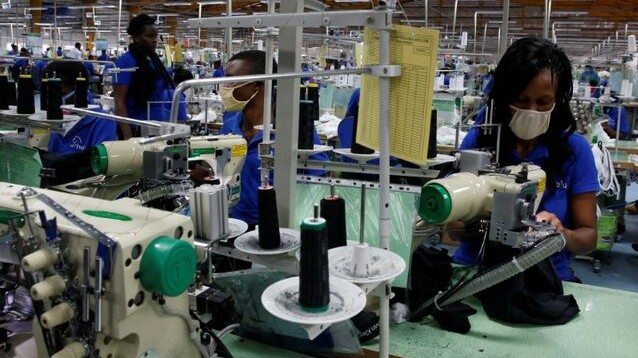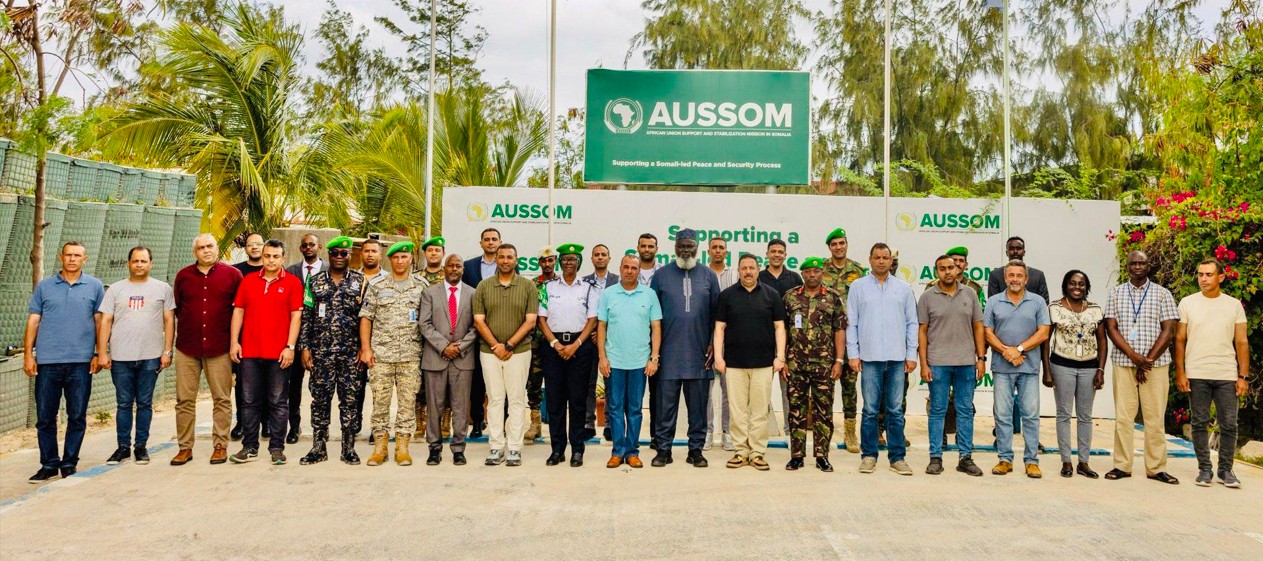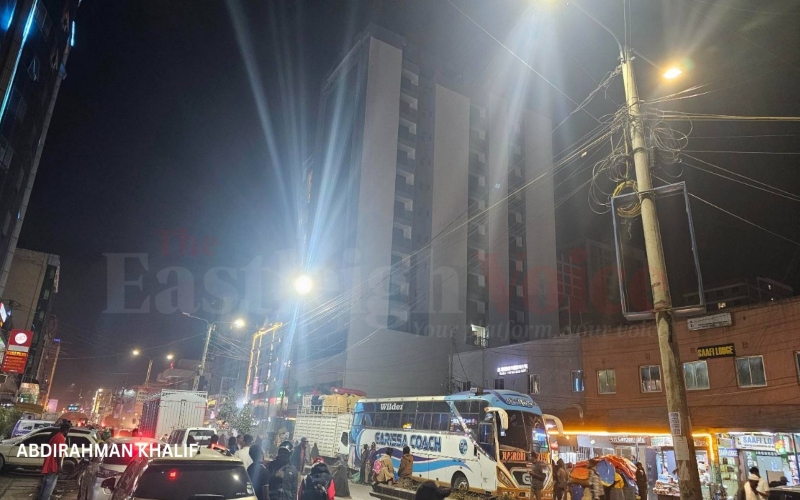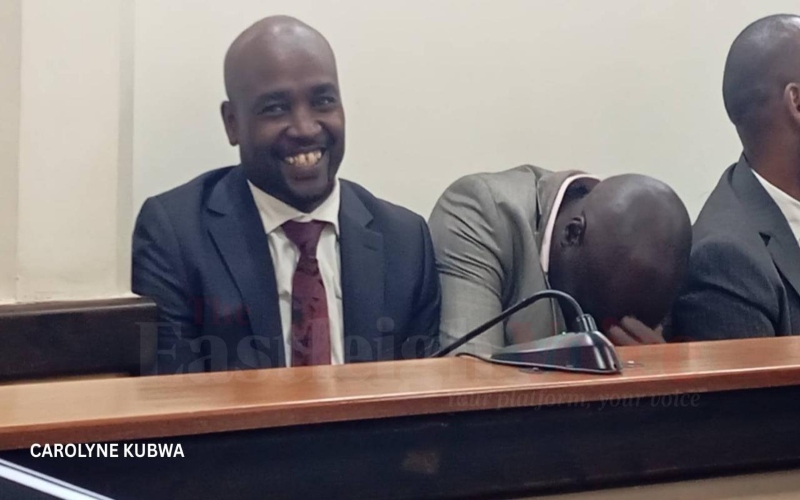Only 40% of Kenya's secondary schools have computer labs - report
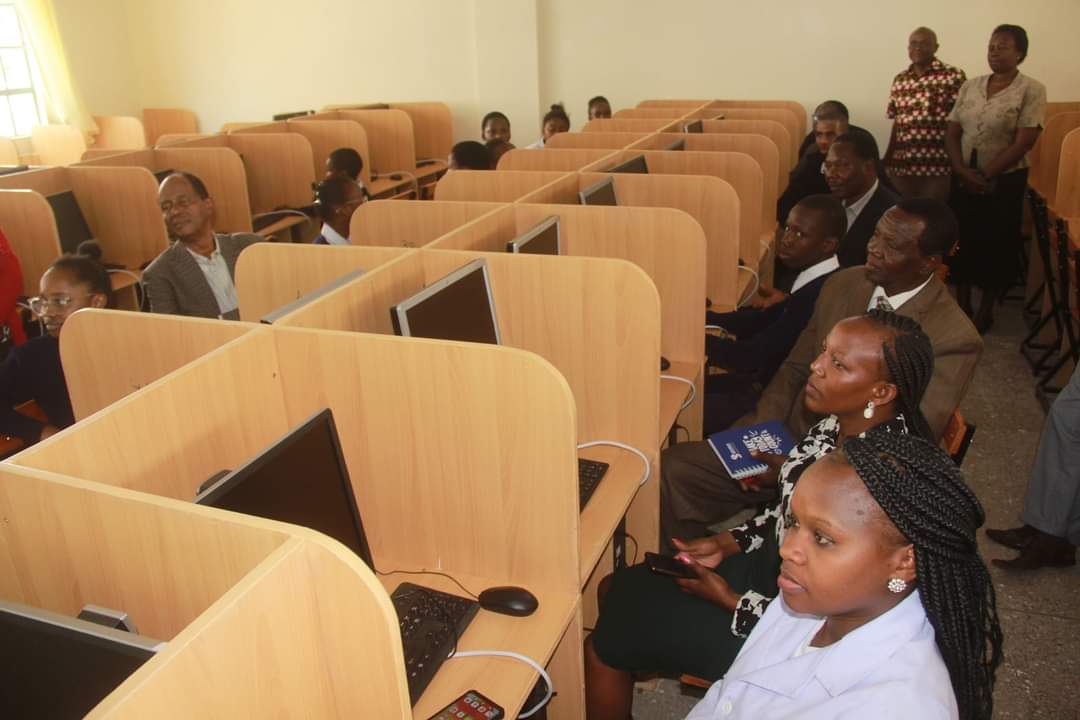
During extended school closures, WhatsApp emerged as the most widely used platform for remote learning.
Only 40 per cent of secondary schools in Kenya have functional computer labs, more than a decade after the government introduced the Digital Literacy Programme to integrate technology into education, a report by the Kenya National Bureau of Statistics (KNBS) shows.
The report, dubbed Is Our Secondary School System Inequitable by Design? and conducted in conjunction with Usawa Agenda, highlights significant gaps in digital access, revealing that many schools still lack essential teaching devices, trained teachers, and internet connectivity.
More To Read
- Blow to content creators as court declines to suspend ban on online alcohol ads
- Details of newly launched Kenya Digital Token which seeks to bring millions into digital economy
- From stalls to screens: Eastleigh traders power quiet digital revolution through social media
- Stakeholders gather in Garissa to tackle ASAL education challenges, explore tech solutions
- State slashes digital transfer tax to 1.5 per cent to boost tech sector
- Mandera County receives 150 computers to enhance digital literacy
The report further shows that only 24.6 per cent of secondary school teachers have undergone digital literacy training, with female teachers slightly ahead at 26.9 per cent compared to 23.5 per cent of their male counterparts.
Despite 40 per cent of schools owning operational computer labs, fewer than half (49.8 per cent) are connected to the internet. Additionally, only 33.9 per cent of secondary schools offer computer lessons, with significant disparities across different school categories.
“63.3 per cent of boys’ schools, 53.7 per cent of girls’ schools, and just 24 per cent of mixed schools offer computer lessons. Additionally, 92.1 per cent of national schools, 50.1 per cent of private schools, and only 17.3 per cent of sub-county schools provide computer education,” reads the report.
The study was conducted through face-to-face interviews and structured observations in 339 secondary schools, sampled using a multistage, stratified random sampling method. The surveyed schools included 94 sub-county, 86 county, 86 extra-county, and 73 national schools.
The report also found that on average, 52 students share a single computer across the country, while only 49.6 per cent of schools have a functional official telephone line.
Regarding distance learning, the findings indicate that 51.3 per cent of schools managed to reach less than a quarter of their students remotely, while 32.1 per cent engaged between 25 and 50 per cent of learners through digital platforms. However, only 0.6 per cent of schools reached all their students remotely.
WhatsApp platform
During extended school closures, WhatsApp emerged as the most widely used platform for remote learning.
“WhatsApp was by far the most preferred platform for remotely reaching learners during the extended school closures. Among the sub-county and county schools, the second most preferred platform was SMS, which was also second most preferred nationally. Among national and extra-county schools the second most preferred platform was online school portal,” reads the report.
The most commonly owned digital device in schools was the video deck, available in 84.5 per cent of institutions, while television sets were the least owned at 35.5 per cent.
The findings come at a time when the government is ramping up efforts to drive Kenya’s digital economy through improved technological skills, expanded internet connectivity, and strengthened infrastructure.
In 2013, former President Uhuru Kenyatta’s administration introduced an ambitious digital literacy programme aimed at providing free laptops to primary school learners. However, the Sh24.6 billion initiative later shifted to distributing tablets to Class One pupils but faced multiple challenges, including poor infrastructure, lack of electricity, budget constraints, and inadequate teacher training.
Last year, a survey on youth and entrepreneurs trained under the DigiTruck digital literacy programme found that nearly half of the participants had seen an increase in their income after acquiring digital skills. This highlights the growing importance of tech-related competencies in an evolving job market.
Earlier in 2023, the then ICT and Digital Economy Cabinet Secretary Eliud Owalo announced that trainees under the government-backed Jitume programme were earning up to Sh250,000 per month from digital jobs. Launched by President William Ruto in December 2022, the Jitume initiative aims to equip over one million learners in technical and vocational education and training (TVET) institutions with virtual desktops and digital skills.
The government has also launched the Kenya Advanced Institute of Technology (KAIST) to offer postgraduate training in science, technology, and innovation, further reinforcing its commitment to developing a highly skilled digital workforce.
However, with the latest report exposing the limited access to digital tools in schools, experts argue that Kenya still has a long way to go before realising its vision of becoming a leading technology hub in Africa.
Top Stories Today



